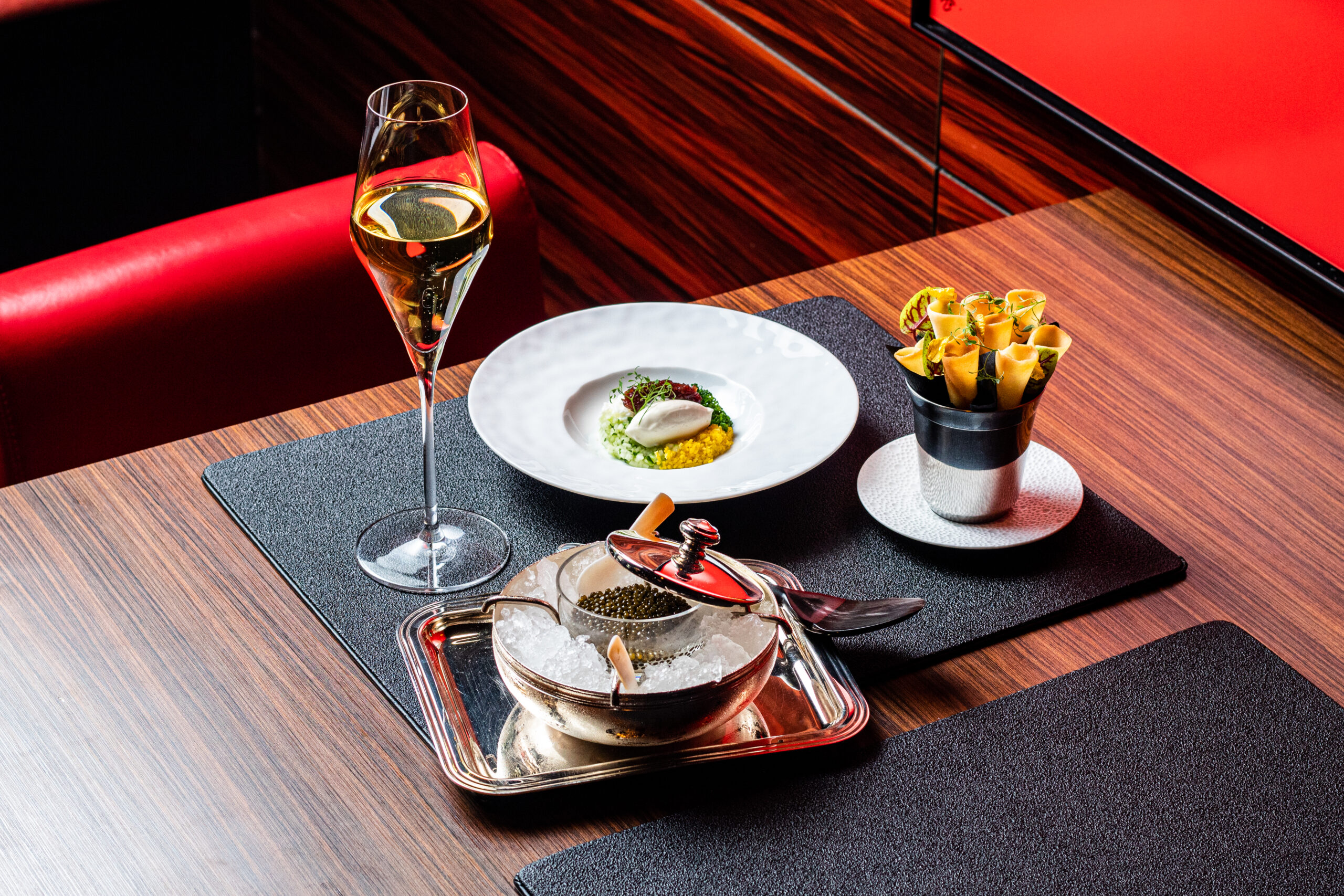With the pandemic era mercifully coming to a close, it’s a little ironic for me to work my scheduled stay at the Biltmore hotel around perhaps the world’s greatest social distancing pool: at 23,000 square feet, it holds 600,000 gallons of water, and ranks as one of the biggest hotel swimming pools, anywhere. At one time, it was the largest in the world. I’m an avid swimmer, and I’ve experienced massive pools all over the world—the ones with slides and lazy rivers and manmade, fish-filled lagoons. But there’s nothing like the depth and width of the Biltmore’s pool. There are no gimmicks. The simplicity of it is swoon-worthy. But I keep going back to its sheer size, the ultimate luxury. The pandemic may be ending but I still wanted my space.
Europe is full of historic luxury hotels of considerable vintage: Le Meurice in Paris, one of the city’s most exalted palace hotels, dates from 1815; the Ritz Hotel, London, from 1906. But in the United States, especially in the South, there are few such palace hotels; the Biltmore, which opened in 1926, naturally holds a revered spot. Built by George Merrick and John McEntee Bowman, the Spanish medieval-influenced city resort defined opulence. One would be hard-pressed to find another hotel in the country that boasts a colonnaded arched lobby in the Gothic Revival vein; the Roman godlike statues that line the pool, meant to evoke the historic heft and grandeur of Europe, somehow escape being kitsch. Maybe it’s because of all that water they’re surveying. The Fontana restaurant, a riot of tangy orange and green foliage, has its own columns; Merrick knew that it was this type of setting that prompted the smart set to set sail for European travels, and he recreated it here. It’s still one of South Florida’s loveliest places to dine out, and arguably its most transporting.
I was reminded of Merrick’s presence every time I came or went from my room in the tower; once you exit the elevator into the tower, there are very few rooms per floor. The guest suites have been spruced up and modernized since my last visit, but the long, skinny terraces, with their period terracotta-tiled floors, will certainly always remain. My accommodations were adjacent to the Merrick Suite; a plaque beside my door entitled “The Merricks Entertain” reminded me I was walking in their footsteps:
During the height of the great Florida Boom, George Merrick’s wife Eunice, his sisters Medie McLendon and Ethel Bishop and his mother Althea were often called to entertain visiting dignitaries as well as new residents. … They also fostered culture by hosting musical and dramatic events and art shows. Hardly a week lapsed without a newspaper account of a social or cultural event involving members of the Merrick family.
The language and what it describes sounds like a South Florida simulation of an Edith Wharton novel. People usually mention that future Tarzan Johnny Weissmuller was a swimming instructor at the hotel, but I keep thinking about the Merricks trying to bring New York high society to the subtropics (just as New York, as Wharton told us, imported its social rituals from Europe). Another irony: Wanting to be socially distant, I’d come to the palace invented for the social. In the lull before the University of Miami’s graduation rush would fill the hotel, history and its ghosts were keeping me company.













